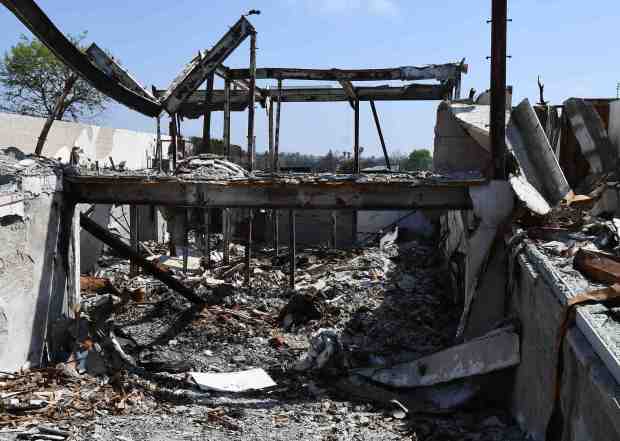LADWP and the Pacific Palisades Fire: Lawsuits, Impact, and the Future of LA Utilities
The Los Angeles Department of Water and Power (LADWP) is once again at the center of public conversation as lawsuits mount in the aftermath of the Pacific Palisades fire. The recent wildfire devastated homes and brought new focus to questions around emergency preparedness, utility responsibility, and the future of water and power management in Los Angeles. Understanding what happened, the claims being made, and the broader implications is essential for Angelenos and anyone tracking California's utilities and wildfire response.

What Sparked the Lawsuits Against LADWP?
In early 2025, a catastrophic wildfire tore through the Pacific Palisades. Hundreds of homes were damaged or destroyed. Notably, two federal judges—the Hon. Dean Pregerson and former magistrate judge Jay Gandhi—lost their homes and joined a significant lawsuit against the LADWP. According to the Los Angeles Times, the main accusation is that the utility failed to properly maintain critical reservoirs and to shut off power lines despite severe fire risk warnings. Neighbors allege that these failures made the fire's effect far worse.
Key Claims and Utility Response
The lawsuit emphasizes that empty reservoirs and a lack of a public safety shutoff left the community vulnerable. The Daily News details how two reservoirs, including the vital Santa Ynez Reservoir, were out of commission for repairs. By the end of the first day, local water tanks were depleted, leaving firefighters unable to effectively control the spreading flames. Plaintiffs also claim that sparks from power lines contributed to the fire's escalation, raising questions about LADWP's emergency response protocols.
LADWP has acknowledged the significant damage caused by the fire but disputes the allegations of negligence. Utility officials say their infrastructure exceeded regulatory requirements. They argue that long-established legal precedent limits liability for wildfire damage, pointing to fire code and regulatory standards. However, the mounting lawsuits show that many affected residents and legal experts think otherwise.
The Broader Legal Battle: Impact Beyond LADWP
LADWP is not the only utility under scrutiny. Southern California Edison also faces multiple lawsuits for its role in other regional wildfires. According to Lawyers and Settlements, victims claim various utilities neglected to maintain equipment or address fire risks, contributing directly to devastating losses. For the Palisades case, the issue of water availability became a defining factor in firefighters’ ability to prevent destruction. The broader legal debate now examines utility accountability, insurance gaps, and what preventive steps must be taken to protect communities at high wildfire risk.
Lessons Learned and the Path Forward
Officials and residents agree that the Palisades fire exposed vulnerabilities in local infrastructure management. Former judge Jay Gandhi, one of the lead plaintiffs, emphasized the importance of accountability and lasting changes to utility protocols. State leaders have since called for independent investigations into LADWP's management practices to ensure this type of tragedy is not repeated.
The litigation against LADWP highlights the need for well-maintained infrastructure and proactive safety policies. Residents, policy makers, and utilities will need to work together to implement data-driven solutions that adapt to California's changing climate and fire risk. Justice for those affected goes beyond compensation—it also means learning from mistakes and safeguarding communities for the future.
Conclusion
The lawsuits following the Pacific Palisades fire mark a pivotal moment for LADWP and utilities across the state. The focus now shifts to courtrooms, policy reforms, and the crucial question: How can LA better protect itself from wildfire devastation? As new information emerges, staying informed about utility management and residents’ rights remains critical. For more detailed coverage, explore the Los Angeles Times or Lawyers and Settlements for legal context and recent developments.